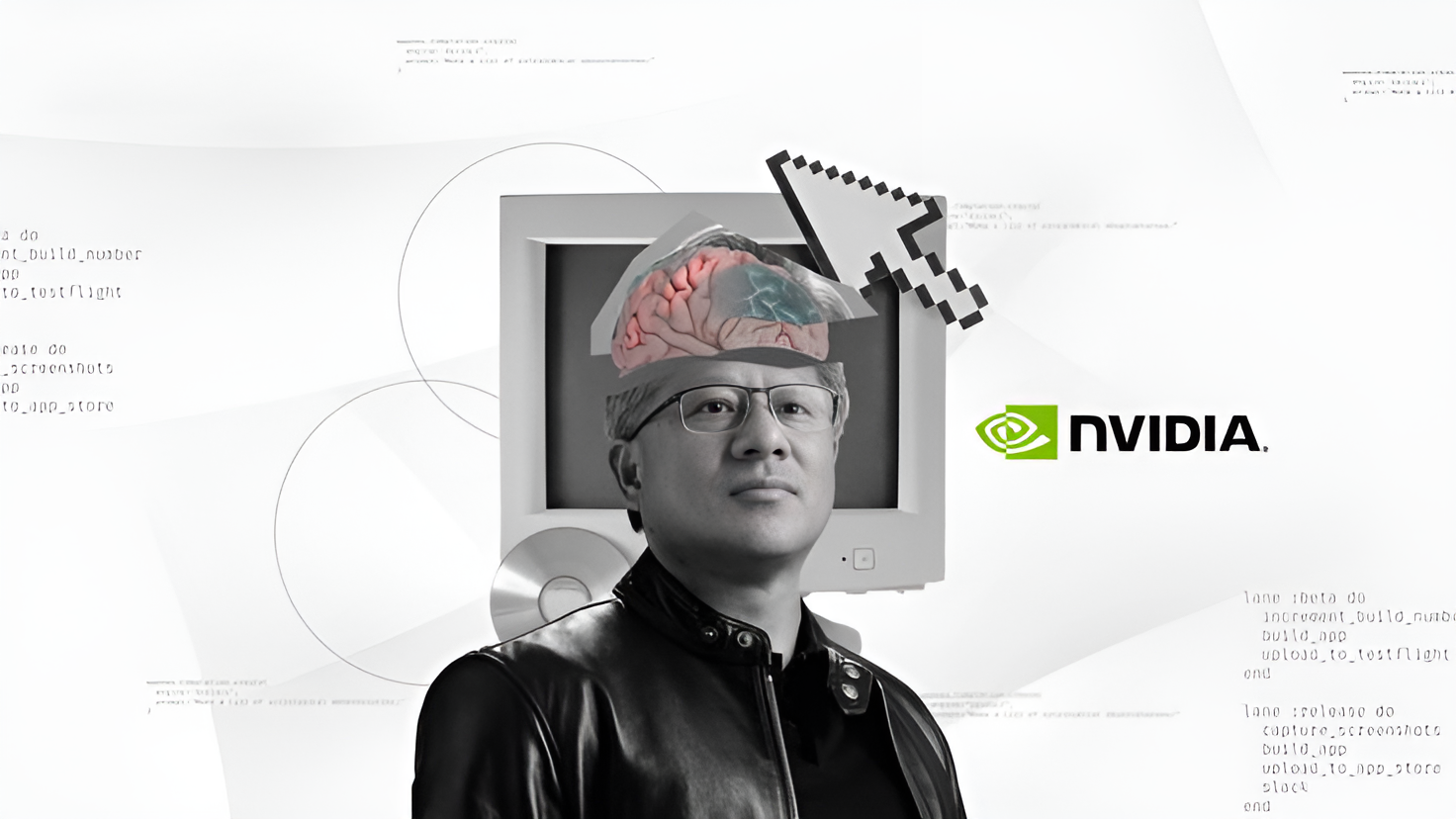The pain points of VPNs in enterprise IT Analysis Report
5W1H Analysis
Who
Enterprise IT leaders, network administrators, cybersecurity experts, and remote workers are the key stakeholders dealing with VPN usage and management within IT infrastructures.
What
VPNs are effective for securing remote network access but face limitations and challenges in adapting to modern dynamic environments, including potential security holes and bottlenecks in network performance.
When
The increasing challenges of VPNs in dynamic IT environments have been recognised for several years, with particular emphasis in recent discussions about advancing remote work trends.
Where
This issue affects global enterprises and IT networks, particularly those with significant remote workforces and distributed networks, extending impacts across various sectors worldwide.
Why
The need for secure remote access has grown with the rise of remote work. However, VPNs struggle to keep up with the flexibility and security demands of modern network environments.
How
VPNs typically secure networks by encrypting traffic, but in doing so can introduce latency, complexity in management, and potential gaps in security when not designed for expansive digital landscapes.
News Summary
VPNs, while crucial for facilitating secure remote access, are facing increasing difficulties in today’s evolving enterprise IT environments. The reliance on VPNs for security has exposed their limitations in handling the growing and diverse needs of modern networks. Areas of concern include performance bottlenecks and potential security vulnerabilities, which have become more pronounced as organisations expand remote working capabilities.
6-Month Context Analysis
In the past six months, the discourse surrounding VPNs has intensified, with the growing prevalence of remote work heightening the necessity for robust and adaptable network security solutions. Similar reports have highlighted the ineffectiveness of traditional VPNs in dealing with lateral movement within compromised networks, leading enterprises to explore Zero Trust architectures and other advanced security frameworks.
Future Trend Analysis
Emerging Trends
One emerging trend is the shift towards Zero Trust Security models, which aim to enhance security by eliminating implicit trust and continuously verifying every access attempt within networks.
12-Month Outlook
Over the next year, enterprises are likely to invest more in alternative security solutions beyond VPNs, such as Secure Access Service Edge (SASE) and network micro-segmentation, to better address security and performance concerns.
Key Indicators to Monitor
- Adoption rates of Zero Trust and alternative security solutions - Reports on VPN performance issues and breaches - Investments in remote access and network security technologies
Scenario Analysis
Best Case Scenario
Enterprises successfully transition to advanced security frameworks, mitigating VPN vulnerabilities and achieving enhanced network security and performance without sacrificing access flexibility.
Most Likely Scenario
Organisations will adopt a hybrid approach, combining VPNs with emerging security solutions to balance costs with improved functionality and security in remote access.
Worst Case Scenario
Inadequately addressed VPN limitations could lead to increased security breaches and network inefficiencies, negatively impacting enterprise operations and possibly leading to significant financial losses.
Strategic Implications
Enterprises should prioritise evaluating and integrating emerging security models like Zero Trust. They need to invest in training IT personnel on next-generation security challenges, and closely monitor the performance and security strengths of their chosen remote access frameworks.
Key Takeaways
- Enterprises should assess the limitations of their current VPN setups and explore enhanced security solutions like Zero Trust models.
- IT stakeholders need to stay informed about new trends and technologies that address modern network security challenges.
- Monitoring the performance of remote access frameworks is crucial to ensure sustained network efficiency.
- Investment in continuous cybersecurity education for IT staff is essential to deal with evolving threats.
- Understanding the global shift to alternative security models can help enterprises maintain a competitive edge.





















Discussion